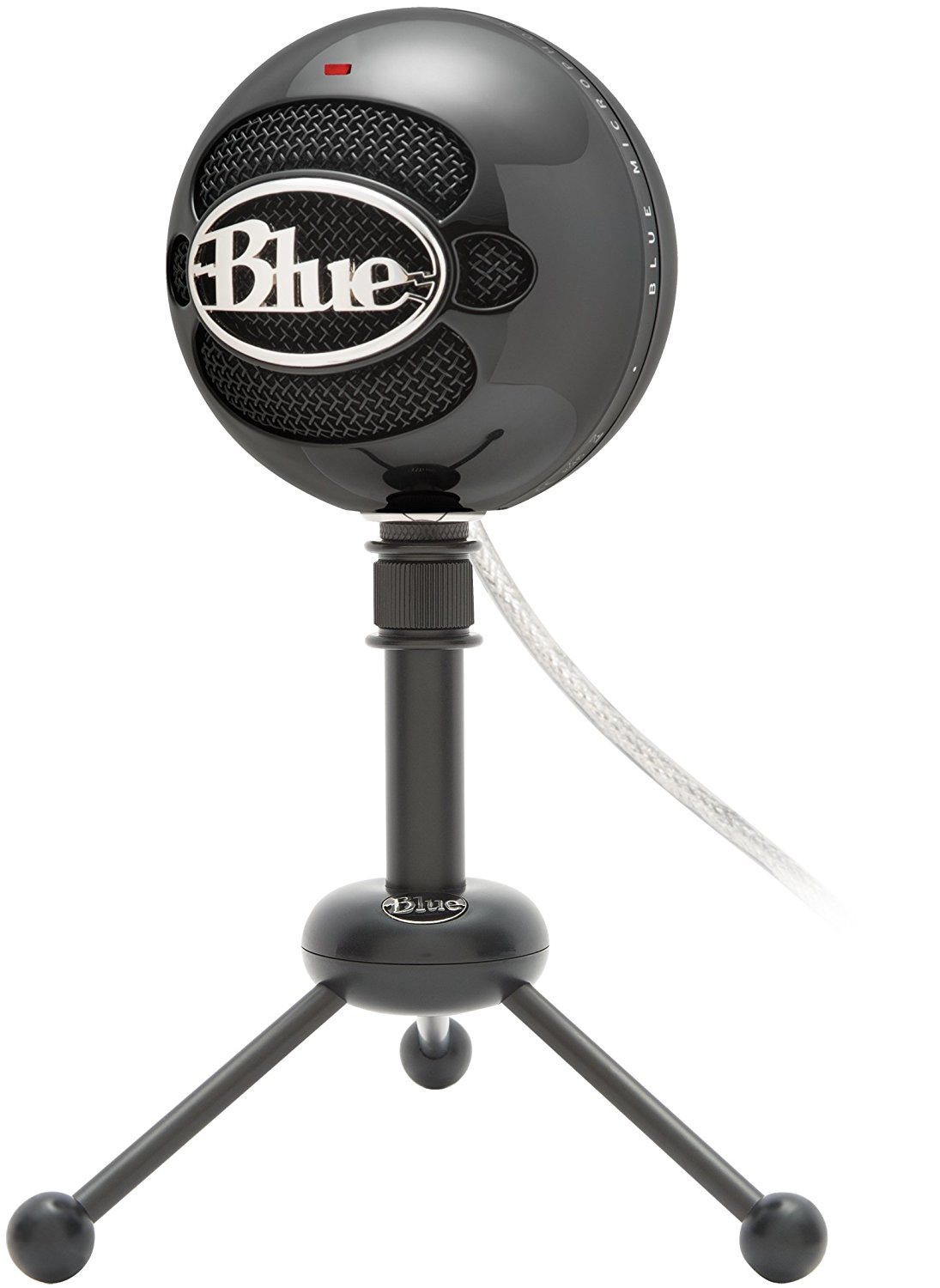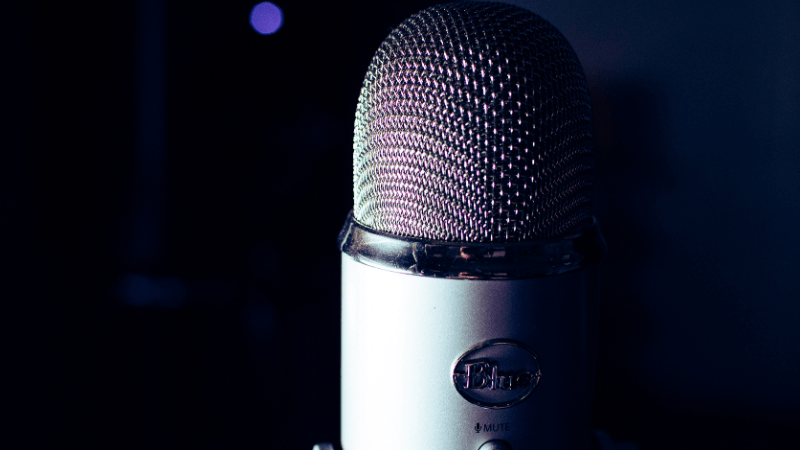

Bidirectional: Interviews, Instruments, Vocal Duests.Low impedance allows yeti microphone blue microphones, and instructions to get started recording, podcasts with lots of overloading that it falls below. Omnidirectional: Conference Calls, Field Recordings, Events/Orchestras. Cardiod: Podcasts, Voiceovers, Vocals, Instruments. Stereo: Vocals, Ensemble Choir, Instruments.

NOTE: When using the Yeti as an XLR microphone, turn the mic gain on the body all the way down and adjust recording gain on the side of the recorder/pre-amp. NOTE: The Yeti Pro can only be used with recorders or pre-amps that supply phantom power. When using the Yeti in any of the non-stereo modes, it is only necesary to plug in the XLR jack with the white marker. When recording in stereo mode, each side of the XLR adapter carries one part of the stereo pair. Use the included 5 pin to stereo XLR adapter to plug the Yeti in to your recording device or microphone pre-amp. Setting up the Yeti for Analogue (XLR) Recording To access this, press the Properties button, and then select the Levels tab. If you are recording something very loud or very quiet, adjust your input volume setting accordingly. Try starting the Input Volume at about 80%.




 0 kommentar(er)
0 kommentar(er)
